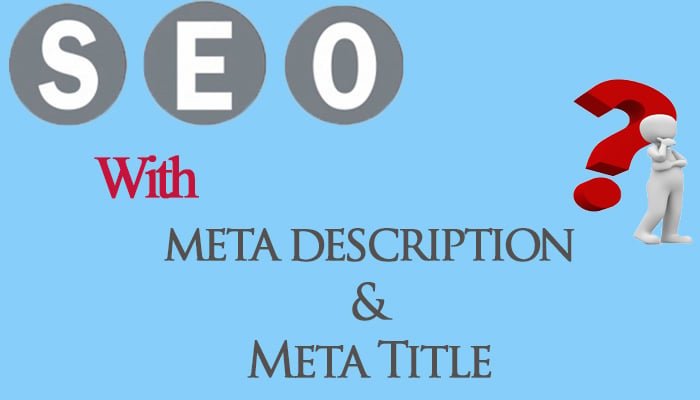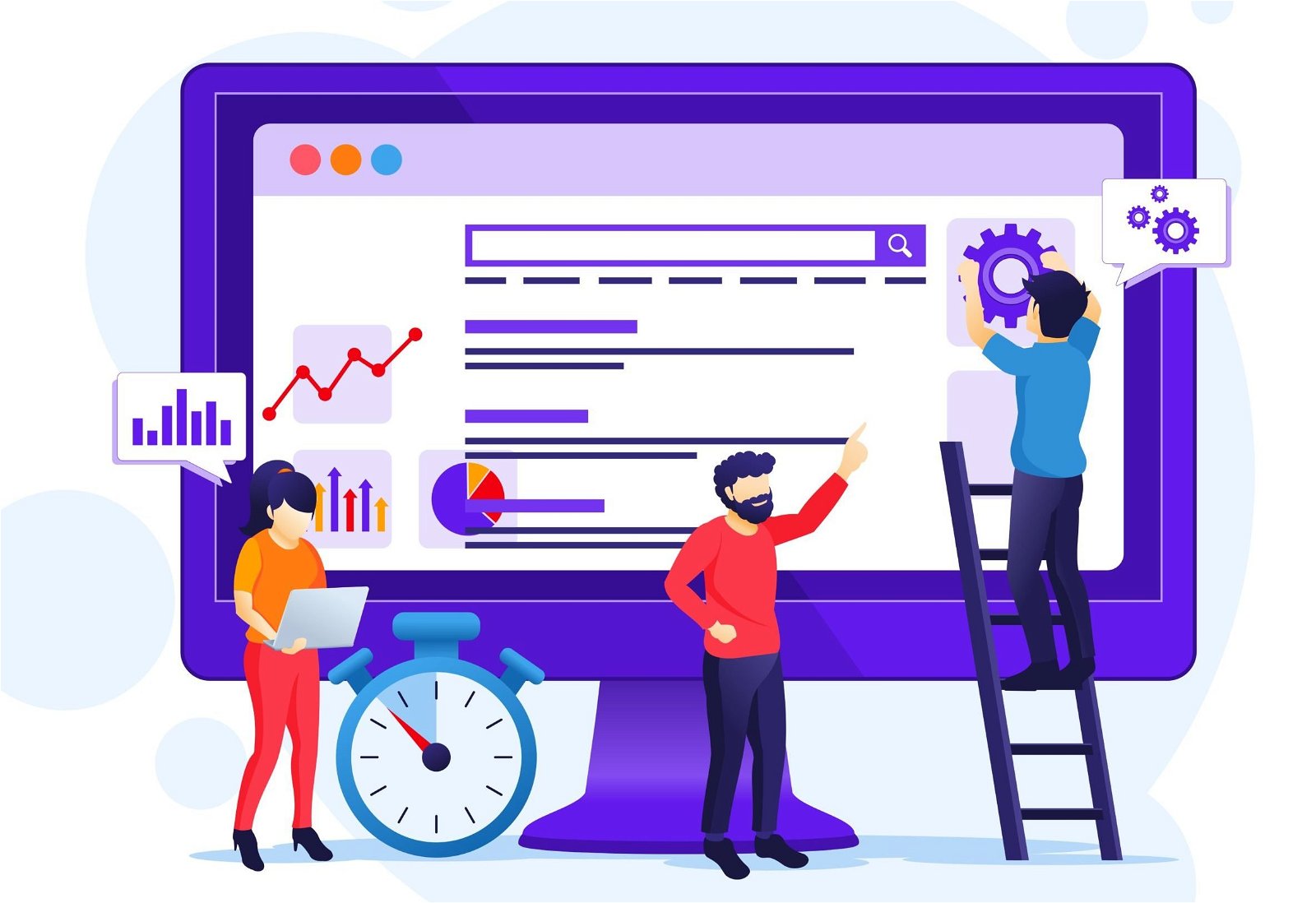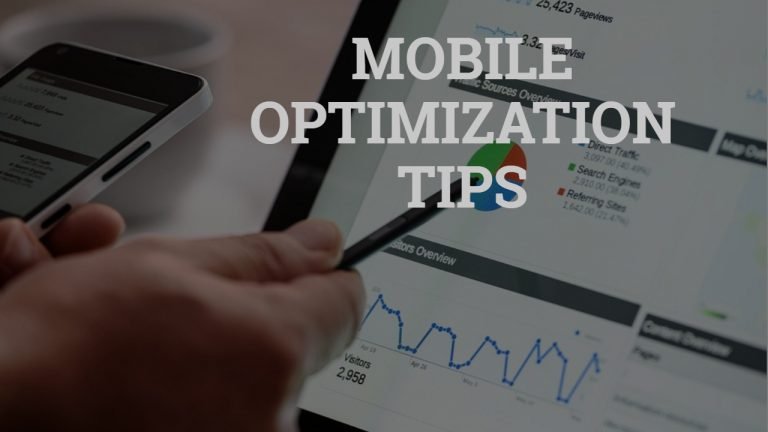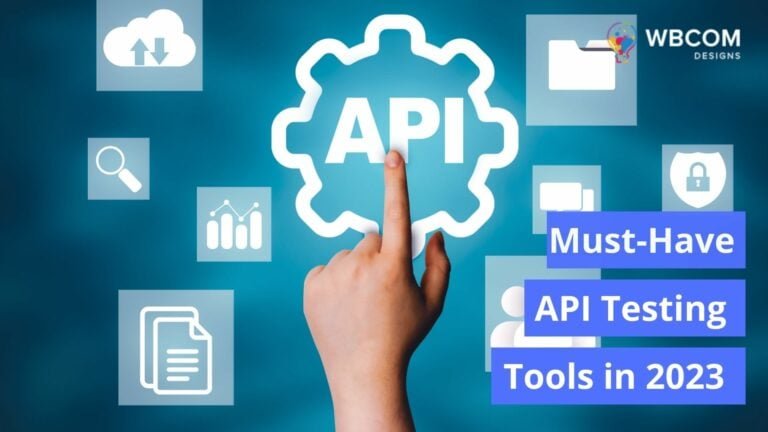Optimizing your headlines, HTML elements (title, meta, and header), and pictures are all part of on-page SEO. It also entails ensuring that your website has a high degree of competence, authority, and credibility. It is optimizing web pages to boost a website’s search engine ranks and generate organic traffic.
Table of Contents
TogglePrimary on-page SEO aspects
1. URL Optimization
This is one of the essential on-page SEO ranking variables since it informs search engines about your web page’s content. Keep in mind that search engines have difficulty deciphering sophisticated, lengthy URLs. To ensure that search engines comprehend the URL, keep it as basic as possible. Don’t allow your CMS to determine the URL for you; instead, conduct keyword research and include your core keyword in the URL.
2. Title Tag Optimization
The Title Tag is what search engines see. The title is what searchers will click on. Title Tags are not displayed on the actual webpage. Search Engine Results Pages are essential areas where your title tag will appear. Your primary keyword should be included in the title tag. Remember that a title tag is only a minor part of the more significant ranking equation. Your CTR will grow due to effective tag optimization, which will enhance your organic search engine results page traffic.
3. Subheadings Optimization
Subheading tags educate search engines about the content of specific sections of your website. If you have a long piece and want to detail each topic, you should utilize subheadings to divide it up. Headings and subheadings are essential SEO components since search engines use them to determine what your page is about. This is where you should delve further into the issue and elaborate on what you will discuss.
Also Read: Free & Paid WordPress Form Plugins 2022
Higher-level subheadings are more significant and broad, but subheadings for specific paragraphs delve further into the topic of that paragraph. The h1 and h2 text, as well as maybe h3, are the most crucial. They should include keywords since higher-level subheadings are given greater weight by SEO.
4. Meta Description Optimization

The meta description is a snippet of up to 155 characters – an HTML tag – that explains the content of a page. Search engines display it in search results most of the time when the searched-for term is contained inside the description. As a result, optimizing it is critical for on-page SEO.
Because the meta description isn’t a ranking criterion, it’s still an important on-page SEO aspect. When your ad ranks for a specific term, Google and other search engines will frequently display the meta description as a page summary. An intriguing meta description has the potential to increase the number of people who click on your organic search results. This implies that more visitors who view your page in the search results will click through and visit your website.
5. Content Optimization
The process of ensuring that material is created so that it reaches the broadest possible target audience is known as content optimization. Ensuring that related keywords are there and adding meta and title tags and relevant links should be part of the content optimization process.
There are several approaches to content optimization, depending on whether you’re developing material for brand awareness or performance marketing KPIs. The most crucial is search engine optimization, sometimes known as SEO.
Content optimization involves making modifications to your content’s copy, structure, and metadata to send strong signals to search engines that it is valid. When it comes to optimizing your content, there are various aspects to consider, including text, picture, and social sharing modifications, as well as new tactics, which we’ll go over in-depth.
6. Content Word Count
Word count is an important on-page SEO element that influences website rankings. Your content should be between 800-600 words or longer, according to Google. If your web page has fewer than 600 words, it may not produce the most outstanding results.
The content on the page should be as long as is necessary to assist the user in fulfilling their goals on the page. It is critical to remember that the content on a website should help the human visitor, not the search machine.
7. Image Optimization

Image optimization is the process of reducing the size of an image’s file using a plugin or script, reducing the page’s load time. Lossy and lossless compression are two widely used approaches.
The optimization strategies used differ depending on the style and structure of the web page. The most famous picture optimization strategies are compressing image sizes, employing light-image file formats, and reducing the number of images that site visitors must load in their browsers.
Also, don’t forget to replace any broken pictures on your website since they harm your website’s rating. Its tiny symbol and invisible image may identify a fractured picture.
Also Read: Be Helpful with Your Customers with WordPress Product Recommendation Quiz Plugin
8. Internal Links Optimization
Internal link anchor text can also assist search engines in learning about the material. This is another essential component in on-page SEO. By incorporating connections to other pages on your website, you notify search engines about which pages on your site are the most significant by forming a hierarchy.
As the site owner, you have authority over internal linking. You’ll direct your visitors and Google to your most crucial pages using the correct internal links. Google follows links to find material on websites and ranks that content in search results. If a post or page receives many links, Google interprets this as an indication of an essential or high-value piece. This applies to both internal and external connections.
9. Backend Optimization
Backend optimization, commonly known as the server-side of a website, is vital for increasing a website’s speed. Users like material on websites that react quickly, function on mobile devices and are simple to navigate.
The following are some major backend SEO ranking factors:
- The architecture of the website.
- reactivity on mobile devices.
- Page loading time.
- Text content.
- Status Codes for HTTP.
Conclusion on On-Page Optimization
Be aware that on-page optimization is important. Design your website by keeping these aspects in mind, and you’ll be getting close to better organic search rankings!
Interesting Read:
10 Essential BuddyPress plugins For a Community Website
The Best Premium WordPress BuddyPress Themes
Useful Hacks And Customizations For Your BuddyPress Powered Website Via Reign Theme








